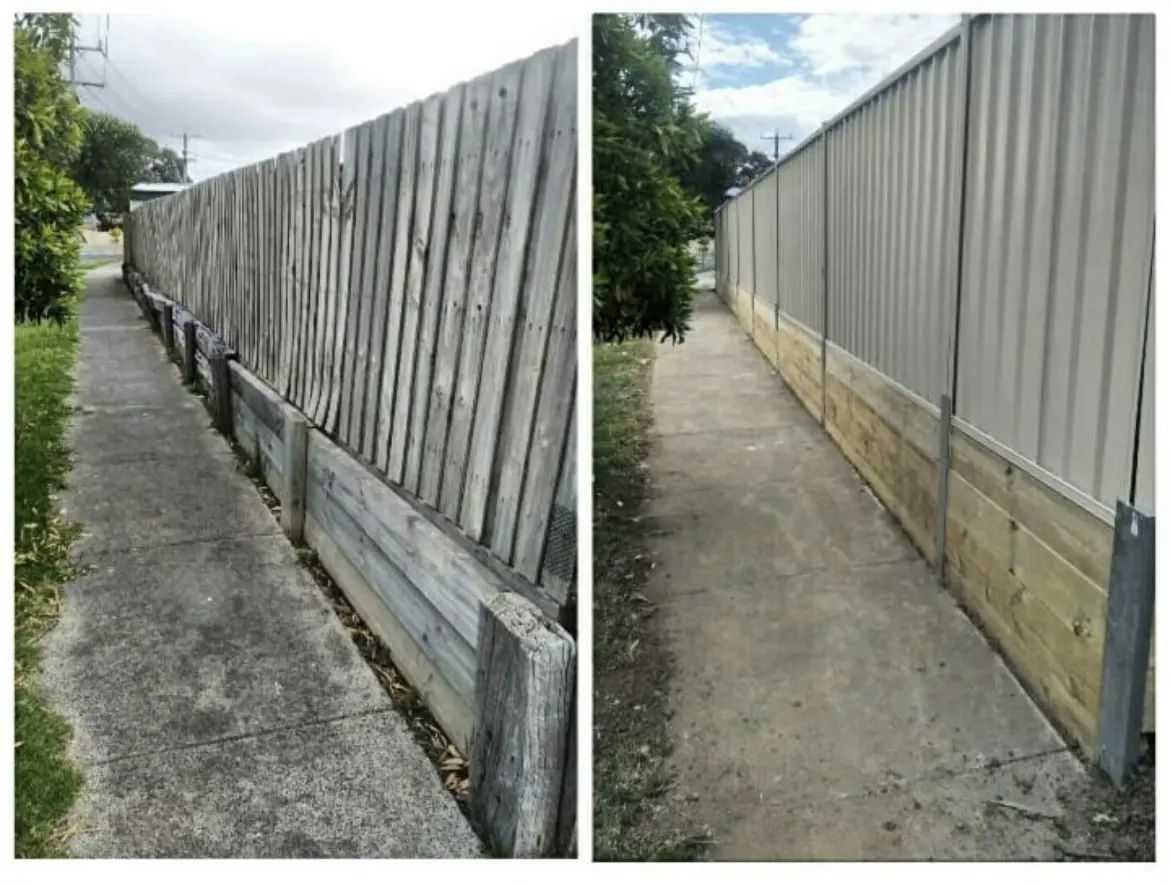Retaining walls plays a crucial role in maintaining the structural integrity of landscapes, preventing soil erosion, and enhancing the overall aesthetics of outdoor spaces. Whether you have a garden on a slope or want to create different levels in your yard, a well-maintained retaining wall is essential. In this blog, we’ll delve into the tips and tricks to ensure the longevity and functionality of your retaining walls.
Choose the Right Material
The first step in creating a durable retaining walls in Melbourne is selecting the appropriate material. Common options include concrete, natural stone, wood, and interlocking blocks. Each material has its pros and cons, so it’s crucial to consider factors such as cost, aesthetics, and the local climate. Ensure that the chosen material is suitable for the specific demands of your landscaping project.
Proper Planning and Design
Effective planning and design are the foundations of a successful retaining wall. Consider the height and slope of the wall, drainage solutions, and the type of soil in your area. Consulting with a professional engineer or landscaper can provide valuable insights if you need clarification on the technical aspects. A well-thought-out design can prevent potential issues down the line and ensure the longevity of your retaining wall.
Build a Solid Foundation
Like any other structure, a retaining wall requires a solid foundation. Excavate the soil properly and make sure the base is well-compacted before laying the first course of blocks or stones. Adequate drainage behind the wall is also crucial to prevent water buildup, which can exert excessive pressure on the structure.
Install Proper Drainage
Proper drainage is one of the critical factors in maintaining a retaining wall. Water can accumulate behind the wall without adequate drainage, leading to soil erosion and potential structural damage. Use gravel or drainage pipes behind the wall to allow water to flow freely, preventing hydrostatic pressure from building up. You can hire professional plumbing services in Melbourne to ensure proper drainage.
Backfill with Care
When backfilling behind the retaining wall, use a well-compacted granular material such as gravel or crushed stone. Avoid using soil, as it retains water and can contribute to erosion. Proper compaction ensures stability and helps maintain the wall’s integrity over time.
Regular Inspections and Maintenance
Regular inspections are essential to catch any potential issues before they escalate. Check for signs of erosion, cracking, or bulging, and address any problems promptly. Additionally, remove any vegetation growing between the blocks or stones, as plant roots can exert pressure and compromise the structural integrity.
Sealing and Waterproofing
Consider applying a sealant or waterproofing agent depending on the material used for your retaining wall. This helps protect the wall from the effects of weathering, especially in areas with harsh climates. Sealing can prevent water absorption, reducing the risk of cracks and extending the life of the retaining wall.
Landscaping and Aesthetics
While functionality is crucial, remember the visual appeal of your retaining wall. Incorporate landscaping elements such as plants, mulch, or decorative stones to enhance the overall aesthetics of the structure. A well-designed and attractive retaining wall can add value to your property while serving its functional purpose.
Conclusion
Maintaining a retaining wall involves proper planning, construction techniques, and regular upkeep. By following these tips and tricks, you can ensure that your retaining wall remains structurally sound and a beautiful addition to your outdoor space for years to come. Remember, investing time and effort in maintaining your retaining walls now will save you from costly repairs and replacements in the future.

